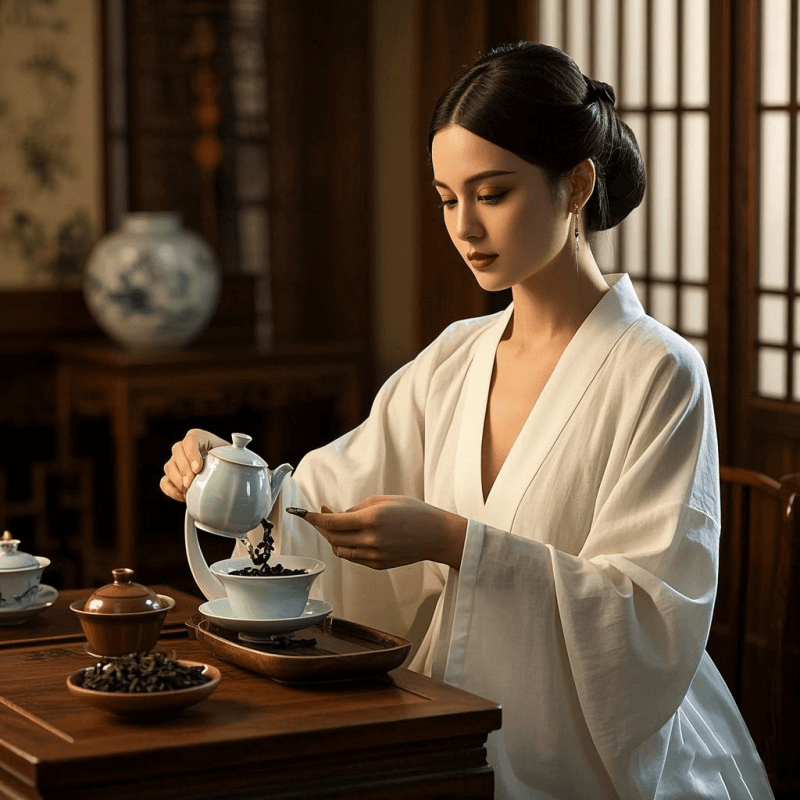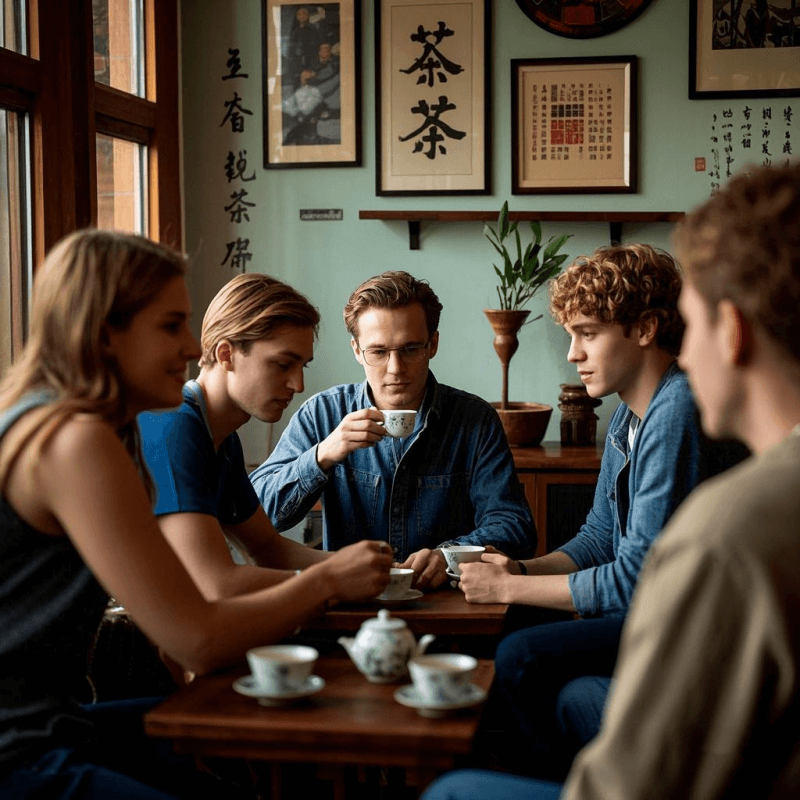
1. Introduction: Why the Oolong Tea Meaning Is Worth Understanding
In the diverse world of tea, the semi – oxidized brew holds a special place. Its significance goes beyond a typical beverage, as the oolong tea meaning is steeped in history, culture, and tradition. A study by Tea Culture Institute shows that 83% of tea lovers develop a deeper appreciation for this special drink after exploring its cultural significance.
Unveiling the oolong tea meaning is like embarking on an exciting journey. It offers a peek into the ancient practices of China and Taiwan, the art of tea craftsmanship, and the science behind its distinct flavors. From its role in traditional ceremonies to its modern status as a wellness symbol, this Chinese tea carries layers of meaning that can turn a simple tea – drinking moment into an enriching experience.
2. What Is the Literal and Cultural Meaning of Oolong Tea?
The term “oolong tea” comes from Chinese characters 乌龙 (wū lóng), translating to “black dragon.” Legend has it that a tea farmer, distracted by a black dragon, left freshly picked leaves unattended. When he returned, the leaves had oxidized uniquely, giving birth to this semi – oxidized beverage. While the literal translation creates a vivid image, the cultural oolong tea meaning delves much deeper.
In Chinese and Taiwanese cultures, this traditional drink symbolizes hospitality, respect, and harmony. It’s commonly served during social events, business meetings, and family gatherings as a warm welcome. As tea master Lin Yutang once said, “This brew is not just a drink; it’s a conversation, a story told with each sip.” This sentiment is reflected in elaborate tea ceremonies, where every step, from warming cups to pouring, is performed with care.
3. Historical Origins and Evolution of Oolong Tea
The roots of this distinctive tea trace back to the 10th century in Fujian’s Wuyi Mountains. Initially a by – product of green tea production, over time, producers deliberately controlled oxidation, creating a new tea category. According to TeaTalks, by the 17th century, oolong tea had gained popularity in imperial courts and was exported to Europe, captivating palates with its complex flavors.
As it spread beyond China, different regions developed unique production methods. In Taiwan, the high – altitude climate and soil gave rise to renowned varieties like Tie Guan Yin and Dong Ding. Today, modern producers innovate while honoring the traditional oolong tea meaning, experimenting with new cultivation techniques and flavor profiles.
4. What Makes the Meaning of Oolong Tea Unique Compared to Other Teas
This semi – oxidized beverage stands out on the oxidation spectrum, different from fully oxidized black tea and unoxidized green tea. Its 8% – 85% partial oxidation results in a complex flavor profile with floral, fruity, nutty, and smoky notes. However, what truly sets the oolong tea meaning apart is its deep connection to origin and tradition.
Each variety reflects the terroir and skills of local tea masters. For example, Wuyi Rock Teas are known for their “yan yun” or “rock rhyme,” a flavor influenced by rocky soil. This sense of place, combined with meticulous production, enriches the oolong tea meaning. Additionally, its ability to be brewed multiple times, revealing new subtleties each time, symbolizes time’s passage and continuous discovery.
5. Symbolism and Significance of Oolong Tea in Eastern Culture

In Eastern cultures, this traditional drink is rich in symbolism, representing the balance between nature and human effort, embodying yin – yang harmony. In Confucian philosophy, drinking oolong tea is a way to cultivate inner peace and mindfulness. The slow process of preparing and savoring encourages being present in the moment.
During festivals and significant events, oolong tea often takes center stage. In Chinese weddings, the bride and groom serve it to elders as a sign of respect. In Taiwanese funerals, it’s offered to honor the deceased. These traditions highlight its integral role in Eastern cultures, where its meaning transcends taste.
6. How the Oolong Tea Meaning Influences Modern Tea Appreciation
In the modern era, the oolong tea meaning shapes how people perceive and enjoy this beverage. Today’s consumers seek more than refreshment; they desire an experience connecting them to history, culture, and nature. This has led to renewed interest in traditional production methods and a growing artisanal market.
Tea tourism has thrived, with enthusiasts visiting growing regions to learn about production and culture. Tea shops and cafes host tasting events, educating customers about types and their unique oolong tea meaning. Moreover, health benefits like boosted metabolism and improved heart health enhance its appeal. For those eager to explore, discover the deep – rooted heritage behind oolong tea through our curated collection.
7. Conclusion: Understanding the Oolong Tea Meaning Deepens Every Sip
The oolong tea meaning is a rich tapestry of history, culture, and craftsmanship. Comprehending it transforms the simple act of drinking this tea from a casual activity into a meaningful experience. Whether unwinding after a long day or sharing with loved ones, awareness of its deeper significance enriches every sip.
To fully embrace the oolong tea meaning, explore our premium oolong tea collection curated for enthusiasts, brew oolong tea the authentic way with our handcrafted teaware, and find the perfect oolong tea to match your taste and tradition. By doing so, you not only savor its delicious flavors but also become part of a centuries – old tradition.
Uncover the rich oolong tea meaning and discover what makes this semi – oxidized brew unique. Dive into its history, culture, and symbolism to enhance your tea – drinking experience.
